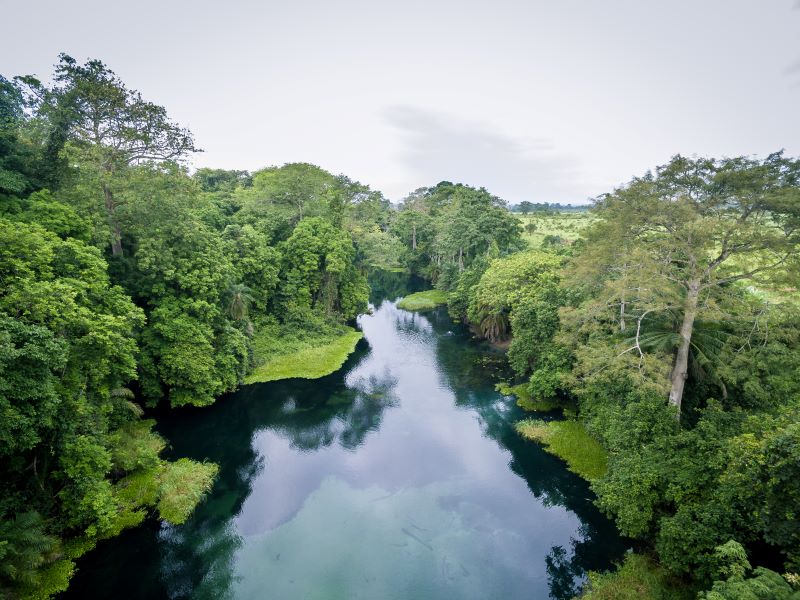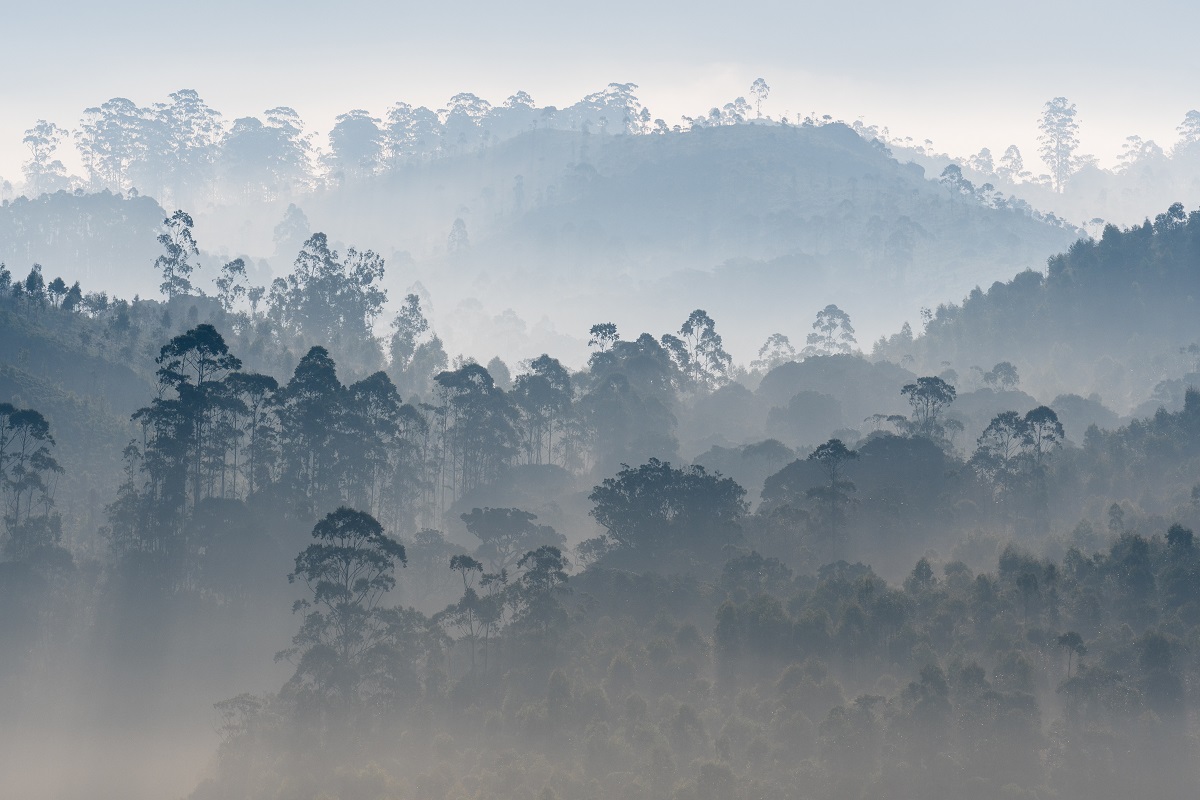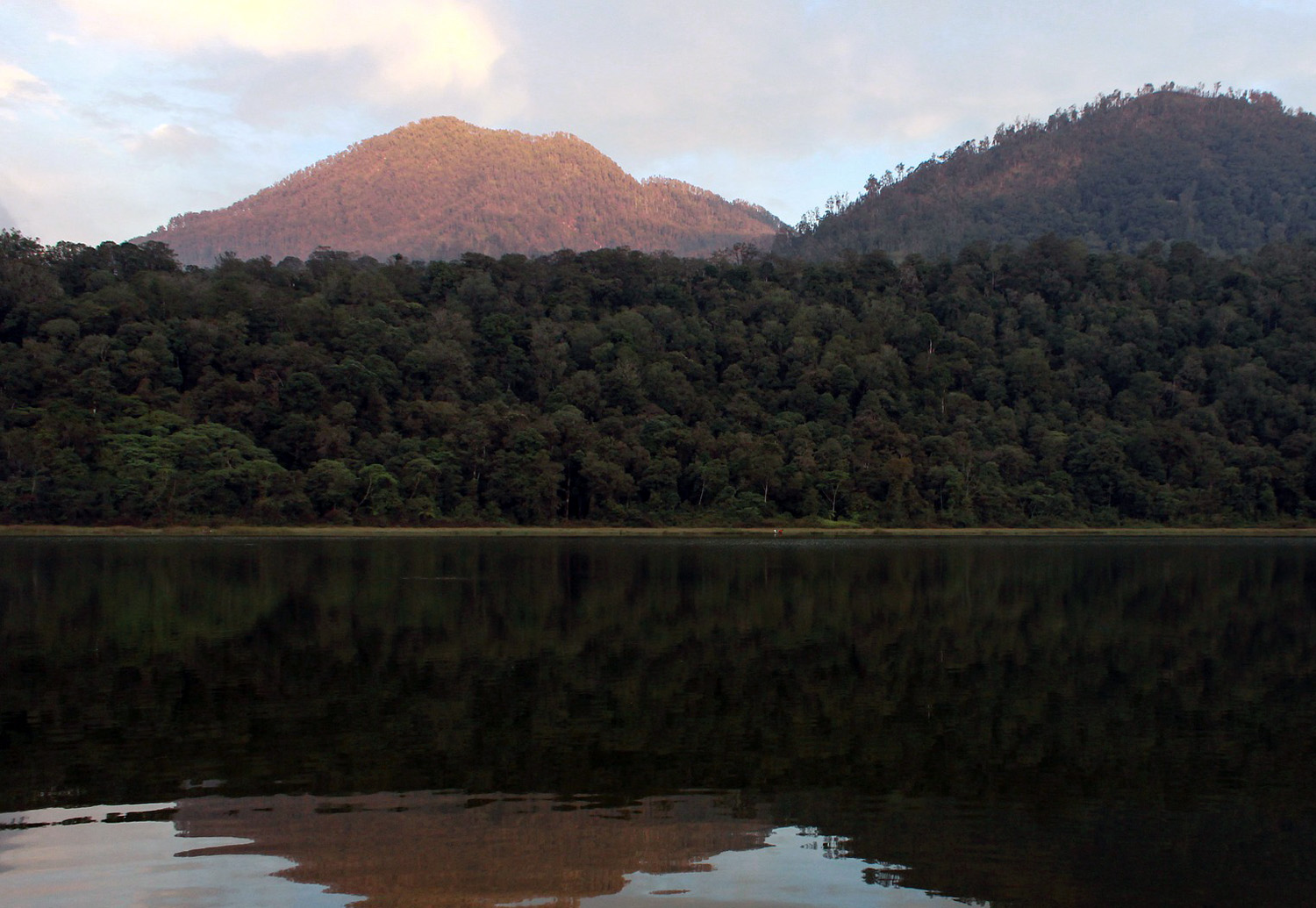It’s been ten years since climate change negotiators agreed to incorporate reducing emissions from deforestation and forest degradation (REDD+) into the process of slowing global warming. Starting today, the Norwegian government is hosting the Oslo Tropical Forest Forum to look at the results and remaining challenges of this broad effort.
Norway may not seem like the country to host a tropical forest forum, but it has been a leading partner in the effort to slow tropical deforestation, providing political as well as financial capital to the effort and applying funds with a level of innovation that is uncommon in many other places. I last counted 11 bilateral agreements with Norway in which it offered performance payments to tropical forest countries based on averted carbon emissions from deforestation.
I’m excited to be attending the Forum again for many reasons, but one issue stands out more than any other: seeing what can be done to directly attack the main drivers of deforestation. In my research over the last few years, I’ve followed numerous initiatives which, while important, lack impact on the primary reasons that deforestation is occurring. For example, local projects aimed at recognizing community land tenure and improving livelihoods make a big difference to the people involved, but their effects may be short-lived if national policies subsidize commercial agricultural expansion or mining without the restrictions or penalties required to make them respect community lands.
I’m particularly looking forward to a panel on “UNDRIP and REDD+@10: Progress toward recognizing indigenous rights to forests.” I’ll be publishing a CGD working paper shortly in which I explore this exact topic. Indigenous peoples and their representatives have had mixed reactions to REDD+, some seeing it as an opportunity and others as a threat. I found that rather than being antithetical, the way REDD+ has been implemented has given indigenous peoples’ organizations and their supporters greater political leverage to claim their rights.
However, the conditions placed on REDD+ programs may have delayed or diverted them from—again—tackling the drivers of deforestation. These forces are typically related to large agricultural expansion, mining, and urban settlement. It may be that indigenous peoples are better served by national programs which eliminate subsidies to destructive activities and halt commercial expansion into forested areas than by experiments that scale up pilot community activities in hopes of tackling country-wide problems. I’m interested in testing my views against those of people who have been actively working on this issue for a long time at the conference and perhaps by email.
I’m also eagerly awaiting a study from World Resources Institute and its Global Forest Watch that will be published today. This study compares how one set of data collected and analyzed by Global Forest Watch differs from nationally-specific monitoring data. Sometimes national reports of deforestation minimize the problem by either falsifying the numbers or altering definitions to make themselves look better. In the case of Brazil, it appears that the differences are based on a legitimate difference in what is being measured. What’s nice about this exercise is that we’re not trying to find out who is right and who is wrong. Rather, we’re learning what different ways of presenting the data tell us.
Brazil’s national data report from PRODES gives an accurate estimate of how much large-scale commercial deforestation is taking place in the Amazon. It paints a picture of success, with commercial deforestation in the Amazon declining by some 80 percent in the last decade. However, alternative data from Global Forest Watch includes all forms of forest cover loss in the Amazon, including small-scale clearing and forest fires (which are indirectly caused by human activities that fragment and dry out the rainforest, making it susceptible to fire). These figures are alarmingly large and show little improvement over the same time.
Using both sets of data we get a pretty clear story: Brazil has made progress against one major source of deforestation—large-scale commercial agriculture—but it must make substantial progress against other drivers of deforestation if it is going to preserve the tropical forest on which it and the rest of the world depends. I’ll be looking to see what implications are revealed by the data comparisons in other countries, which are bound to highlight similar issues regarding the focus of national policy and the need for tackling the root causes of deforestation.
I encourage you to follow the event on Twitter with @noradno and @climateforest, and using the hashtag #OsloForestForum, or you can check out the official webpage for more information.
Disclaimer
CGD blog posts reflect the views of the authors, drawing on prior research and experience in their areas of expertise. CGD is a nonpartisan, independent organization and does not take institutional positions.





